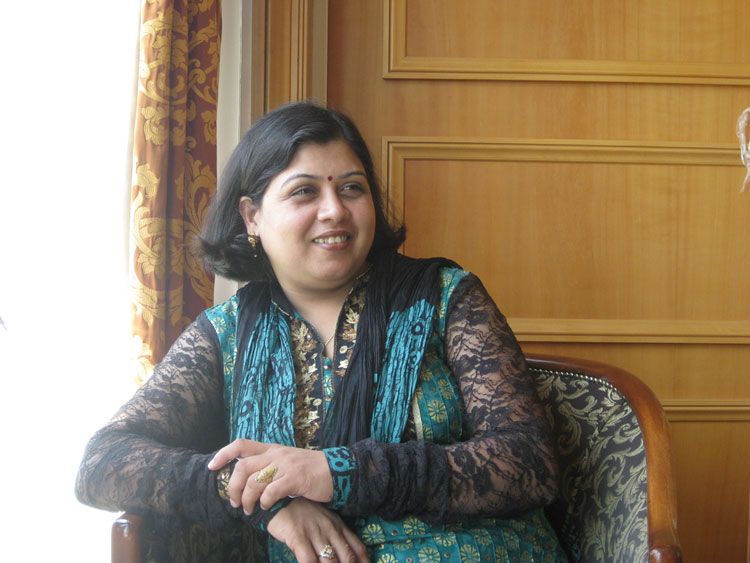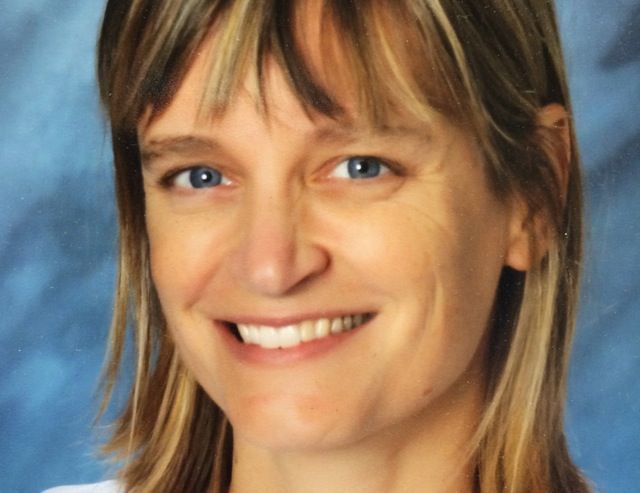The Problem with Invasive Plants :
Many plants sold in nurseries can become noxious problem plants in our landscape, and they can even escape into our greenbelts and appear along highways. These problem plants become noxious weeds, which can overwhelm native vegetation. They can reduce crop yields, destroy beneficial native habitat, damage recreational opportunities, clog waterways, and diminish land values. Removing or cutting noxious plants from your property can make a big impact. When removing these difficult plants, it can be worth the time to sift through soil for small roots. A inch mesh stretched on a wood frame, placed over a wheelbarrow works well. Lamiastrum galeobdolon, or Yellow Archangel is a fast-growing perennial ground cover that is very competitive in the forest habitats of western Washington. It is very pretty in pots, but it will take over a garden bed in no time. Luckily, this plant is fairly easy to pull when the ground is wet; the best time is fall through early spring. It will re-sprout from small root fragments, so it can take a few years to completely remove it. The plant should not be composted, but it is fine to place it in your yard waste container.
Aegopodium podagraria 'Variegata', or variegated Bishop's weed, is a perennial that spreads by rhizomes and seed. This beautiful groundcover can completely take over a 10x10 ft bed in one year. My attempt to smother it with a thick pile of burlap failed miserably, by March the burlap was lifted an inch off the ground! The only way to remove Aegopodium is to dig out the roots. Roots look like little white worms and can be six inches deep. You can help keep it in check by clipping off flower buds. Buddleia davidii, or Butterfly bush is an introduced shrub from China that has been widely planted as an ornamental. Butterfly bush can now be found commonly along riversides and roads and in cleared forests throughout western Washington. Butterfly bush spreads by producing abundant amounts of very lightweight, winged seeds that are dispersed by wind and water over many miles. It is also adapted to surviving along riversides and can develop roots on branches that have been buried or broken off.
To remove Buddleia, I've had good luck with both of these options: 1) Cut the tree down to two feet or so from the base. Start digging around the trunk with a garden fork or pickaxe, (which is more effective than a shovel) and remove loose soil as you go to gradually reveal roots. Cut small roots as you find them, using loppers or a pruning saw. Keep on going down until the root starts to be a bit loose, then see if it has a tap root going straight down, which you'll have to get beneath and lever out with a crowbar, or cut. Or
2) Cut the root down as low and flat as you can. If the shrub was large and the stump that remains is too big you can rent a stump grinder which will grind the stump away from above. Prunus laurocerasus, or English laurel, usually planted as a hedge. This plant is commonly found in urban forests in King County, and can also be found escaping into more remote areas, usually spread by yard waste dumping or by birds eating the plant's cherry-like fruits. Small plants can be dug up, or large plants can be cut to the ground. Prunus laurocerasus will freely resprout from a trunk, so periodic removal of suckers is important to weaken the plant. Daphne laureola, or Spurge laurel is a shade-tolerant, evergreen shrub from Europe and the Mediterranean region that has escaped from gardens and naturalized in woodlands and other shady places. Its primary means of spread is by birds and rodents eating the berries although it can also spread by roots. The berries, leaves and bark are poisonous to humans, cats and dogs and handling the plant can cause contact dermatitis. Once established, this plant is very difficult to eradicate so pull it out in the seedling stage. Seedlings are very easy to pull, but always wear gloves. You can cut the stem just below soil level ideally in summer to weaken the roots. Daphne stems cut above the surface re-sprout after cutting. Never transport cuttings or plants inside an enclosed vehicle because of noxious compounds in the bark and leaves. Do not compost at home but place in your yard waste container. Ilex aquifolium, or English holly is a broadleaf evergreen tree/shrub that is commonly found escaping into forests. It is grown commercially in the Pacific Northwest and commonly used in decorations and floral arrangements as well as in landscapes.
According to the King County Noxious weed web site: "In the Seattle Urban Nature Project's plant inventory of Seattle's public forests, English holly was the fourth most abundant non-native species found, outnumbered only by Himalayan blackberry, Scotch broom and English ivy. Seattle Urban Nature ecologist Ella Elman predicts that, if nothing is done, 30 or 40 years from now Seattle's forests will look dramatically different than they do today." Small plants can be pulled or dug up when soil is moist. Mature trees have deep and extensive roots, so cutting them to the ground and then monitoring sprouts is recommended. Planting Better Choices Our local nurseries and garden centers are fabulous places to find alternative plants for your garden. Be sure to check the status of plants from mail order nurseries. What is a well behaved plant in one state may be a problem here in the northwest.
For more information on management and alternative planting ideas please contact the Garden Hotline at (206) 633-0224 or help@gardenhotline.org.
For a complete listing of the noxious weeds found in King County visit the King County Noxious Weed Control Board web site at: http://www.kingcounty.gov/environment/animalsAndPlants/noxious-weeds.aspx
For classes on sustainable landscaping visit the Seattle Tilth web site at: http://seattletilth.org/learn/classes-and-workshops/sustainablelandscapeclasses.
Sheri Hinshaw; Garden Hotline Educator, Seattle Tilth
Website: www.gardenhotline.org
Disclaimer: Please use this channel at your own discretion. These articles are contributed by our users. We are not responsible or liable for any problems related to the utilization of information of these articles.
View All Contributions
|


















